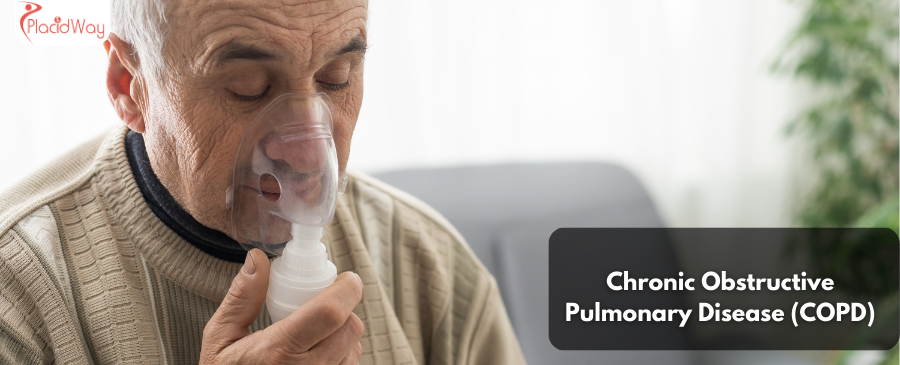
Table of Content
Chronic Obstructive Pulmonary Disease (COPD) is a progressive lung disease that causes breathing difficulties. It encompasses two primary conditions: chronic bronchitis and emphysema, both of which lead to airflow obstruction and lung function decline. COPD is often caused by long-term exposure to irritants such as cigarette smoke or air pollution. Treatment options focus on symptom management, improving lung function, and enhancing overall quality of life.
| Treatment Type | Description |
|---|---|
| Bronchodilators | Medications that help relax the muscles around the airways, making breathing easier. |
| Inhaled Corticosteroids | Anti-inflammatory medications used to reduce airway inflammation and prevent flare-ups. |
| Pulmonary Rehabilitation | A comprehensive program that includes exercise, education, and support to improve overall lung function and quality of life. |
| Lung Volume Reduction Surgery | A surgical procedure that removes damaged parts of the lungs to improve breathing efficiency. |
To find out Different Packages for COPD Treatment, Click here.
The treatment for COPD can involve several steps, depending on the severity of the condition:
| Step | Description |
|---|---|
| 1 | Initial assessment, including lung function tests and imaging to determine the severity of COPD. |
| 2 | Prescription of bronchodilators or inhaled corticosteroids to manage symptoms. |
| 3 | Enrollment in a pulmonary rehabilitation program to improve physical fitness and lung capacity. |
| 4 | Consideration of surgical options, such as lung volume reduction, for advanced cases. |
| Country | Estimated Cost (USD) |
|---|---|
| Mexico | $3,000 - $5,000 |
| Turkey | $3,500 - $6,000 |
| Thailand | $4,000 - $6,500 |
| Colombia | $3,200 - $5,500 |
| India | $2,500 - $4,500 |
| Austria | $7,000 - $10,000 |
| USA | $10,000 - $15,000 |
| UK | $9,000 - $13,000 |
Find Prices for COPD Treatment Near You: Click here.
The cost of COPD Treatment without insurance can vary widely, from $2,500 to $15,000, depending on the country and treatment type. Countries like India and Mexico often offer more affordable options compared to the U.S. or U.K.
Pulmonary rehabilitation has been shown to significantly improve exercise capacity, reduce symptoms, and enhance quality of life for COPD patients. However, it is not a cure, and its effectiveness depends on patient commitment.
While surgery, such as lung volume reduction, can help improve breathing and quality of life, COPD cannot be completely cured. Treatment focuses on managing symptoms and slowing disease progression.
Traveling abroad for COPD treatment can be safe if you choose accredited facilities with experienced professionals. It is important to ensure you have access to follow-up care upon returning home.
Recovery from lung volume reduction surgery can take several weeks. Patients usually require close monitoring and pulmonary rehabilitation to achieve the best results.
Are you ready to take the next step towards better respiratory health? PlacidWay offers access to top clinics for COPD Treatment Abroad, providing personalized care and affordable pricing. Let our team help you regain control over your breathing and quality of life. Contact us today to learn more and schedule your consultation. PlacidWay is here to support you on your journey to better health!
Alternative Chronic Health Therapies | Best Medical Centers Abroad